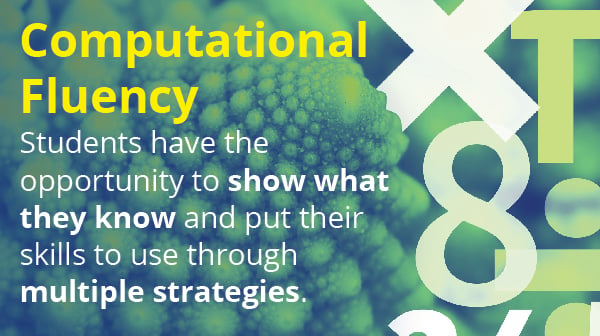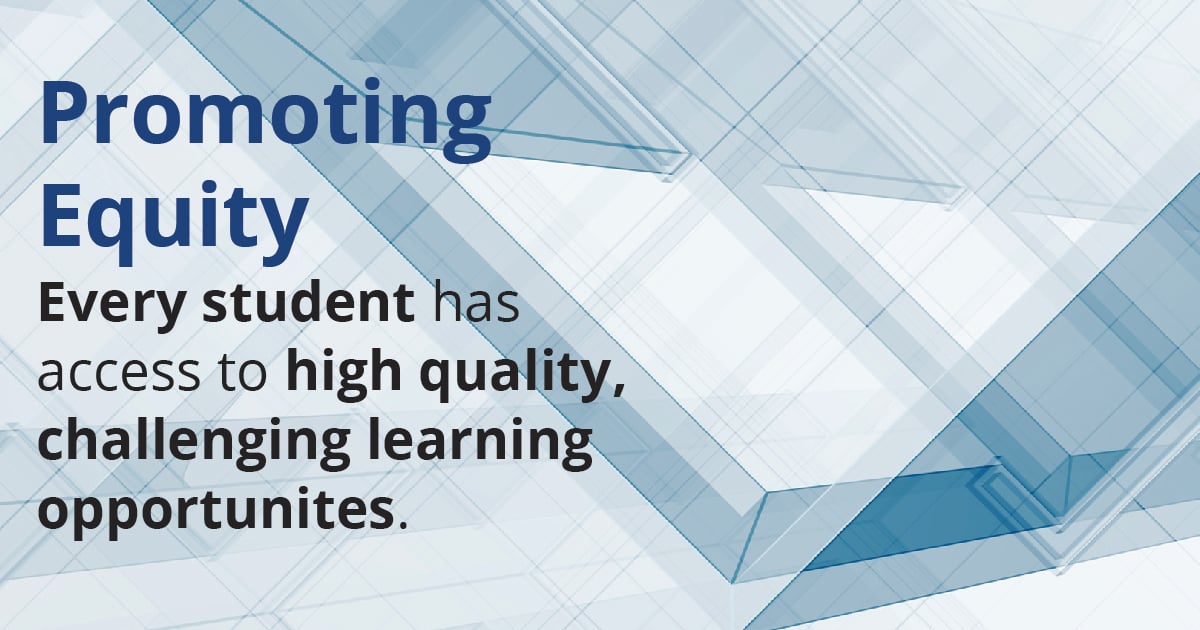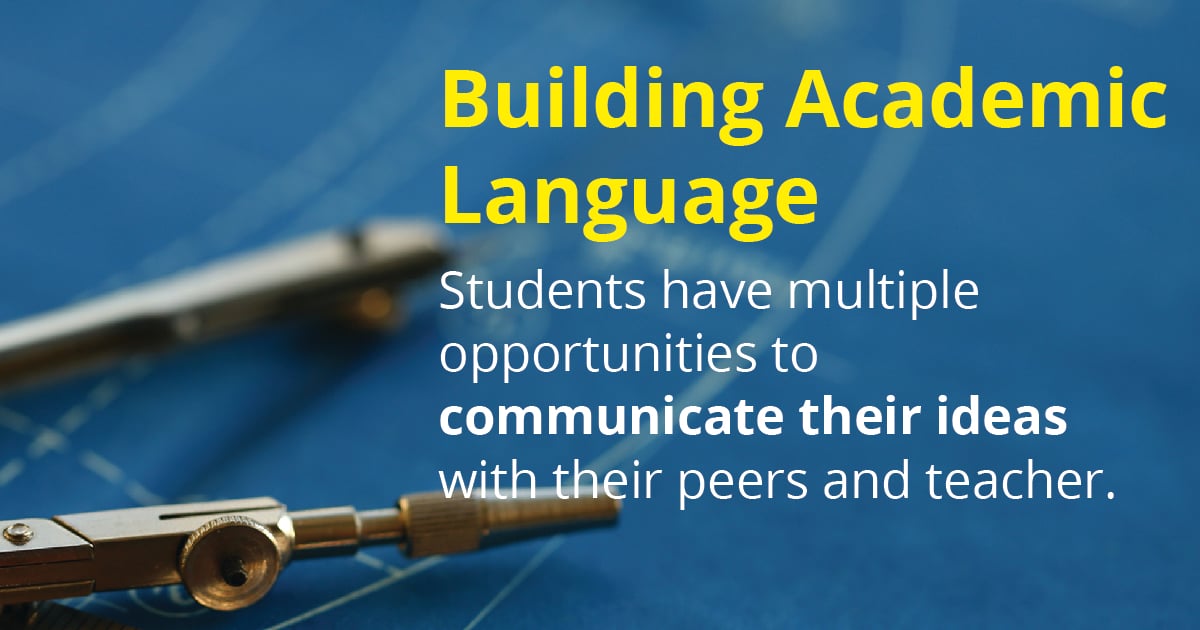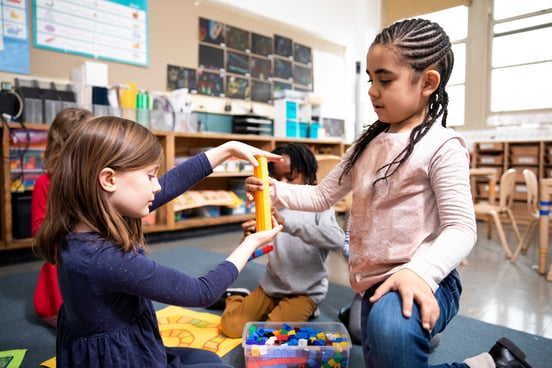
Math Assessment in California Schools: The Shift Toward Differentiated Instruction
Math assessment in California is changing. What used to be a compliance exercise or reporting tool is now becoming a...
Richard Kingham | Published June 29, 2020
We’ve all heard the expression “practice makes perfect.” Rote math drills, however, have proven to be an ineffective method of practicing math. One-size-fits-all approaches to teaching and practicing math just don’t work. So, we created a math curriculum that can be adapted to any learning style, in any classroom.
Many students get the impression that math is all about complicated mechanical processes. We’ve debunked this myth by embedding a variety of features that allow students to practice math in ways that are constructive and personally meaningful to them. Show What You Know and Fluency Builder, for example, include several activities in which students can use manipulatives (tangible objects) and representations to solve equations. Students involve themselves in problem solving by engaging mathematical reasoning from various angles—they do not merely rehearse formulas.

There should never be a barrier between a child and a quality education. That’s why all STEMscopes Math lessons, activities, and features are scaffolded and differentiated. That means every component is tailored for individual learning styles and abilities, helping struggling students and advanced students to learn and grow together. As author and math consultant Laney Sammons said, “These (features) would be ideal to address gaps in prerequisite knowledge and skills that have been identified in students at the beginning of small group lessons in Guided Math in which students move into the lesson with scaffolded learning.” Part of promoting equity in the classroom also means providing support for teachers and parents. The Content Support and Parent Letter keep parents engaged in their students’ education by explaining what children are learning and how they’re learning it.

The joy of learning often manifests in intellectual conversations. When a new idea inspires a student, it’s all they want to talk about. We want students to have these bubbly, meaningful discussions about math, but first they need to build a strong academic vocabulary. Our Explore Activities help the teacher connect vocabulary to students’ personal experiences and facilitate discussion with constructive prompts. ELPS strategies and the Picture Vocabulary feature support English language learners as they explore new mathematical concepts.


Math assessment in California is changing. What used to be a compliance exercise or reporting tool is now becoming a...

You know the moment: a student’s eyes light up when the science experiment fizzes or the math puzzle helps them...

STEM classrooms are full of different types of learners in the classroom, each with their own strengths and needs.
...